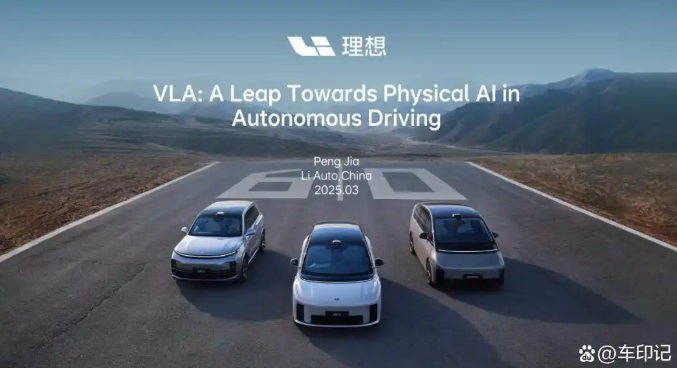The reusable launch vehicle developed by CASC has completed test run of its second-stage propulsion system successfully. The engine has effectively passed the assessment for multiple startups, multiple ignitions, the ability to adapt to large-scale variations in inlet parameters, and long-term pre-cooling. Currently, this engine meets the delivery requirements and is expected to undertake its first commercial flight mission this year.
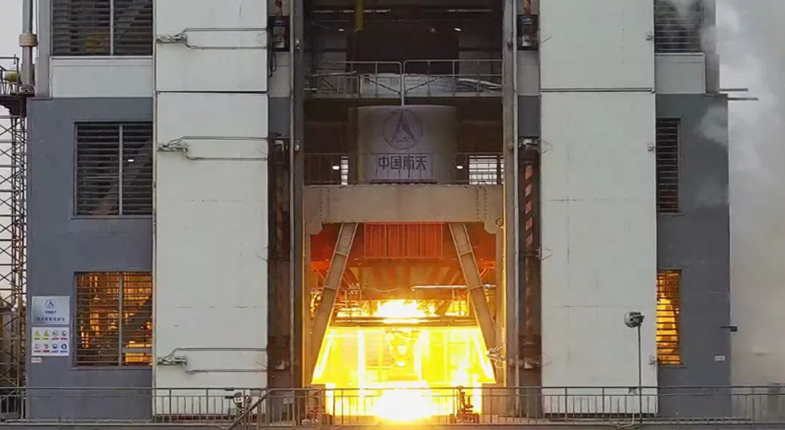
On March 18th, the long-endurance and heavy-load unmanned transport aircraft "Baoyun" successfully completed its maiden flight in Hengshui, Hebei Province. This unmanned aerial vehicle (UAV) has a takeoff weight of 500 kilograms and an effective payload of 200 kilograms, and it is capable of achieving an extremely long endurance of 20 hours. Adopting a modular design,?lsquo;Baoyuncan’ quickly switch between various payloads, and has broad application prospects.
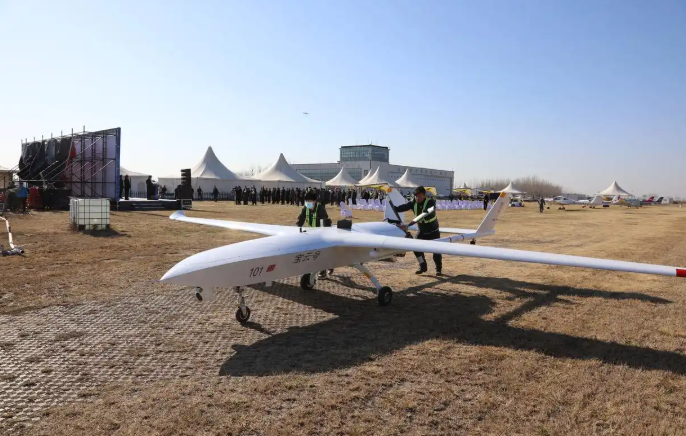
Marching in place, moving straight ahead, making turns..., one can ‘walk a robot dog’ just by wearing an intelligent headband. This is the test of the ‘Mixed Reality-Enhanced Brain-Computer Interface System for Quadruped Control’ at East China University of Science and Technology. The system classifies tasks into two categories: near-field and far-field tasks, and processes them through augmented reality (AR) and mixed reality technologies respectively.
For near-field tasks, the system can use AR technology to superimpose the robot's movement status, surrounding environment information, and operation guidance prompts in real time within the user's field of vision, thereby improving the response speed and operation accuracy of control. For far-field tasks, the system is managed through a mixed reality interface. Far-field tasks usually involve global path planning, target navigation, and large-scale environmental perception, etc., and they have relatively high requirements for the system's stability and global vision. The MR technology can provide users with global environment information and task planning support.
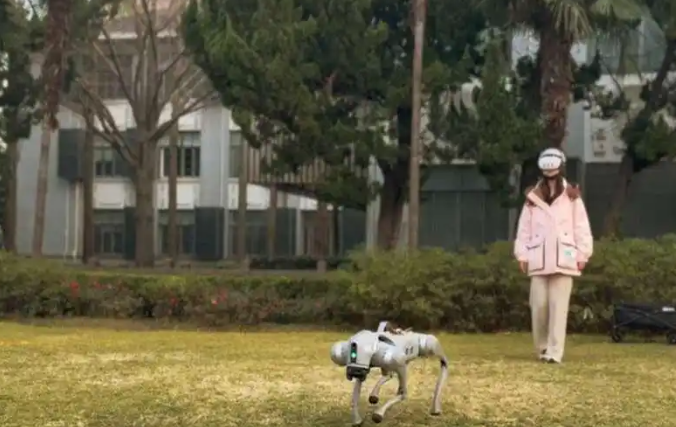
In order to break through the application bottleneck of existing DNA storage technology, researchers from the Beijing Institute of Genomics, Chinese Academy of Sciences, and other institutions have successfully developed the DNA movable-type inkjet printer "Bisheng-1". This device can "print" DNA storage movable-type blocks in batches, just like an inkjet printer. It has successfully achieved the efficient storage and precise restoration of various digital files such as texts, pictures, audio, and videos, decoding accuracy rate reaching 100%. The relevant research results were published in journal Advanced Science.
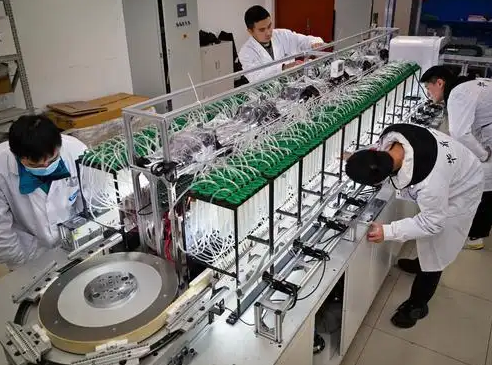
MindVLA is a large - scale robotic model that successfully integrates spatial intelligence, linguistic intelligence, and behavioral intelligence. Once the paradigm of integrating the physical world with the digital world is established, it is expected to empower more industries. MindVLA will transform cars from mere means of transportation into considerate personal drivers. It can understand voice commands, perceive the surroundings, and find destinations. We hope that MindVLA will endow cars with human - like cognitive and adaptive abilities, transforming them into intelligent agents capable of thinking.
